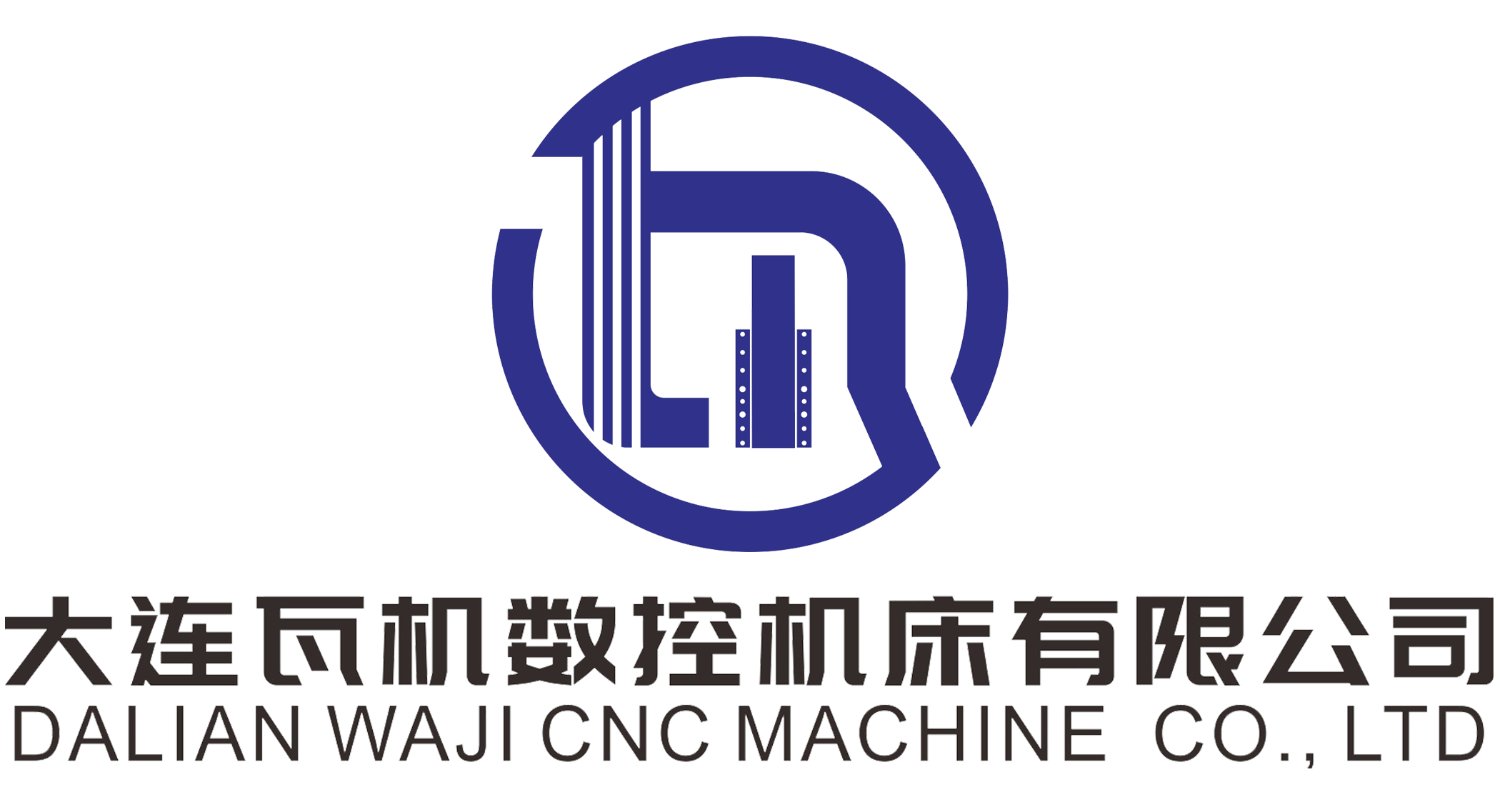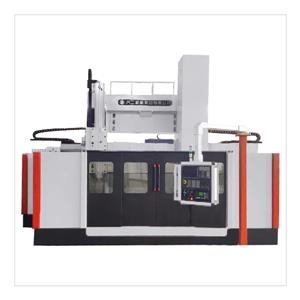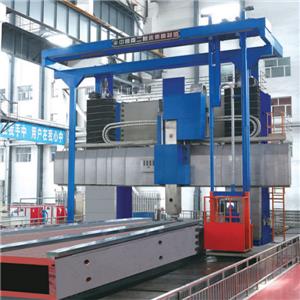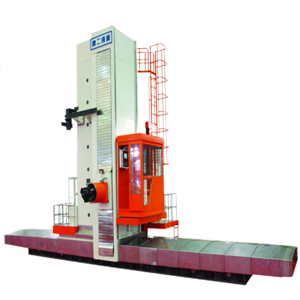What is the difference between inclined and flat CNC lathes
1. Compare machine tool layout
The two guide rails of the flat bed CNC lathe are parallel to the ground plane. The planes of the two guide rails of the inclined bed CNC lathe intersect with the ground plane to form an inclined plane, and the angles are divided into 30°, 45°, 60° and 75°. Viewed from the side of the machine tool, the bed of the flat bed CNC lathe is square, and the bed of the inclined bed CNC lathe is a right triangle. Obviously, under the same guide rail width, the X-direction carriage of the inclined bed is longer than that of the flat bed, and the practical significance of applying it to the lathe is that more tool positions can be arranged.
2. Rigid cutting comparison
The cross-sectional area of the inclined bed CNC lathe is larger than that of the flat bed of the same specification, that is, the bending and torsion resistance is stronger. The tool of the inclined bed CNC lathe cuts downwards on the oblique direction of the workpiece, the cutting force is basically consistent with the gravity direction of the workpiece, the spindle runs relatively stable, and it is not easy to cause cutting vibration.
When the flat bed CNC lathe is cutting, the cutting force generated by the tool and the workpiece is at 90° to the gravity of the workpiece, which is easy to cause vibration.
3. Comparison of machining accuracy
The transmission screw of the CNC lathe is a high-precision ball screw, and the transmission gap between the screw and the nut is very small, but it does not mean that there is no gap. As long as there is a gap, when the screw moves in one direction and then reverses the transmission, it will inevitably produce a backlash to repeat the positioning accuracy of the CNC lathe, thereby affecting the machining accuracy.
The layout of the inclined bed CNC lathe can directly affect the clearance of the X-direction ball screw, and the gravity directly acts on the axial direction of the screw, so that the backlash during transmission is almost zero. The X-direction screw of the flat bed CNC lathe is not affected by axial gravity, and the gap cannot be eliminated directly. This is the inherent precision advantage brought by the design to the inclined bed CNC lathe.
4. Compare the chip removal ability.
Due to the gravity, the inclined bed CNC lathe is not easy to produce winding tools, which is conducive to chip removal; at the same time, with the middle screw and guide rail to protect the sheet metal, it can avoid the accumulation of chips on the screw and guide rail. The inclined bed CNC lathe is generally equipped with an automatic chip removal machine, which can automatically remove chips and increase the effective working time of workers. The structure of the flat bed is difficult to increase the automatic chip removal machine.
5. Automated production comparison.
With the increase in the number of machine tools and the configuration of the automatic chip removal machine, it actually lays the foundation for automated production. One person on duty for multiple machine tools has always been the development direction of machine tools.
The inclined bed CNC lathe adds milling power head, automatic feeding machine tool or manipulator, automatic feeding, completes all chip cutting processes in one clamping, automatic feeding, automatic chip removal, and becomes an efficient automatic CNC lathe. The structure of the flat bed CNC lathe is at a disadvantage in automated production. Although the CNC lathe with inclined bed is completely more advanced than the CNC lathe with flat bed, its market share is far behind. Flat bed CNC lathes are easy to produce and account for more than 90% of the market share of CNC lathes.





